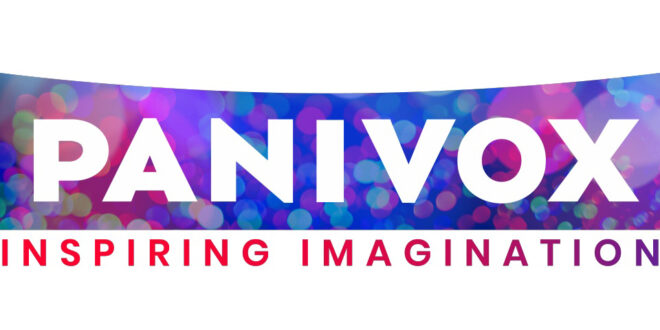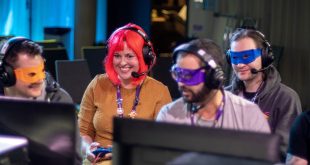The evolution of video games technology has continually foreshadowed evolution of mass media and we’re now on the cusp of another leap forward – except this time change will be driven by software and creators, rather than hardware… says Philip Oliver, co-founder of PANIVOX
As teenagers, my brother and I became fascinated by early computers. We started with a ZX81, with just 1K RAM, a paper keyboard, black and white graphics with 64×48 pixel display in graphic mode. But we loved it and we were quickly hooked. What inspired us was the vision we saw of the inevitable evolution of this technology.
We were not disappointed in our hopes, dreams and predictions. Unlike evolution in nature, which is random and slow to advance, this evolution was driven by scientists making technological breakthroughs to increase speed, power, manufacturing processes and cost reductions – which all led to computers advancing very quickly.
By the mid-’80s, Andrew and I, aka “The Oliver Twins”, had learnt the skills and built tools required to enable us to make great games, knocking out new titles every month, as were many of our peers and, importantly, many hobbyists.
Hardware advances created new opportunities
As the memory and processing speed inside the computers and consoles increased, along with media capacities, this in turn increased the depth and complexity of games.
In the ‘90s we saw the rise of the internet and dial-up modems which enabled limited online multiplayer games. As internet speeds increased through the ‘00s and ‘10s, so too did the impact on what could be achieved with game interactions online.
When the iTouch – quickly followed by the iPhone, iPad and then the truckload of Android smartphones – arrived they were more like a revolution. Importantly, these devices meant that our audience for games diversified and grew dramatically.

Real success lies in new platforms – not necessarily hardware
Of course, launching new hardware platforms is an incredibly expensive and high-risk business. It is the preserve of a few mega-corporations. We all love and encourage their R&D, which pushes the boundaries of what can be achieved creatively.
But platforms these days don’t have to rely on further hardware breakthroughs; they can be software solutions sitting on top of many different devices, just like with Minecraft, Roblox, YouTube, Facebook, Google or Netflix.
We passionately believe that real commercial success going forward lies in creating new software platforms for a services that don’t yet exist – but that people would love if they did, such as AR, as developers look to build on the success achieved by Niantic and Pokémon GO.
But launching a new software platform is tough and there’s always the Catch-22: you need content to attract players, but content creators are motivated by large audiences. As a result, you need early adopters and evangelists who see the vision and jump in early.
Accelerating generational evolution
For the players, the barriers to entry on a new software platform must be as frictionless as possible, with the platform delivering something unique, entertaining, and engaging whilst demonstrating the potential of what’s to come.
For the creators, it needs to meet and surpass expectations in its initial iteration. It must be easy to understand, simple to use and have powerful features to elevate their creativity, making their work look and sound amazing.
Given our bedroom coder background, we believe it’s crucial for any new software platform to offer creation tools that are collaborative and empowering, catering for the hobbyists, who were so important to establishing the games industry in the 1980s, but also for the professionals too.
Creators also want to know that they own their work and are in control. They want to see feedback, analytics and have the ability to iterate easily if they want or need to. And, of course, if their work is successful, they need to be properly compensated.
Those were our goals when we launched PANIVOX and we’re excited to be channelling them into a new interactive digital media format for both content creators and entertainment brands, alike, who will be able to offer something truly unique to end users.
Watch this space – exciting things are coming… for everyone.

 MCV/DEVELOP News, events, research and jobs from the games industry
MCV/DEVELOP News, events, research and jobs from the games industry




